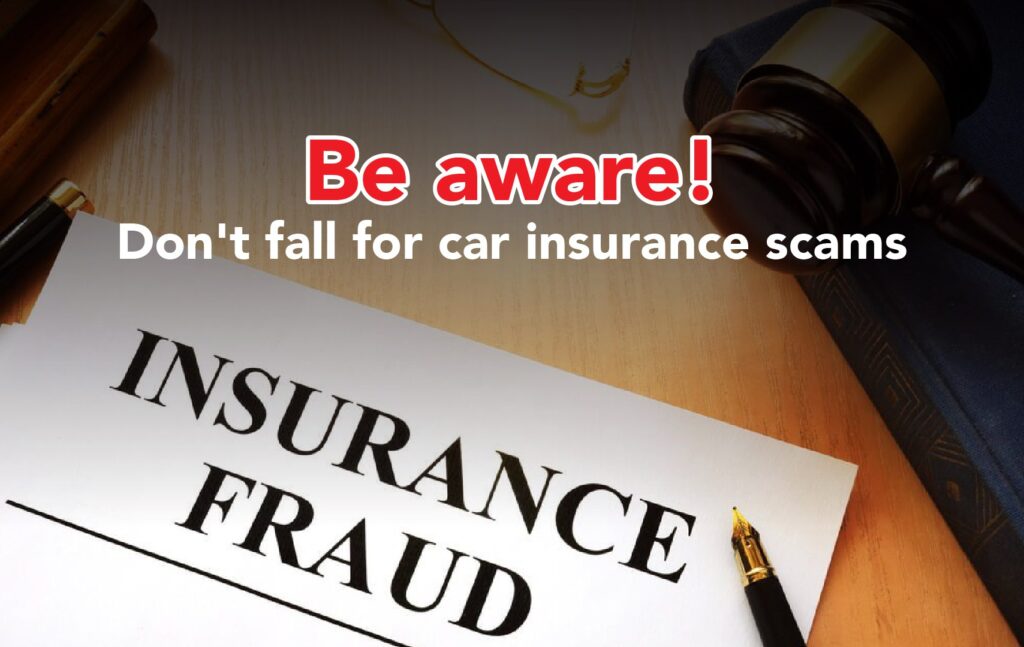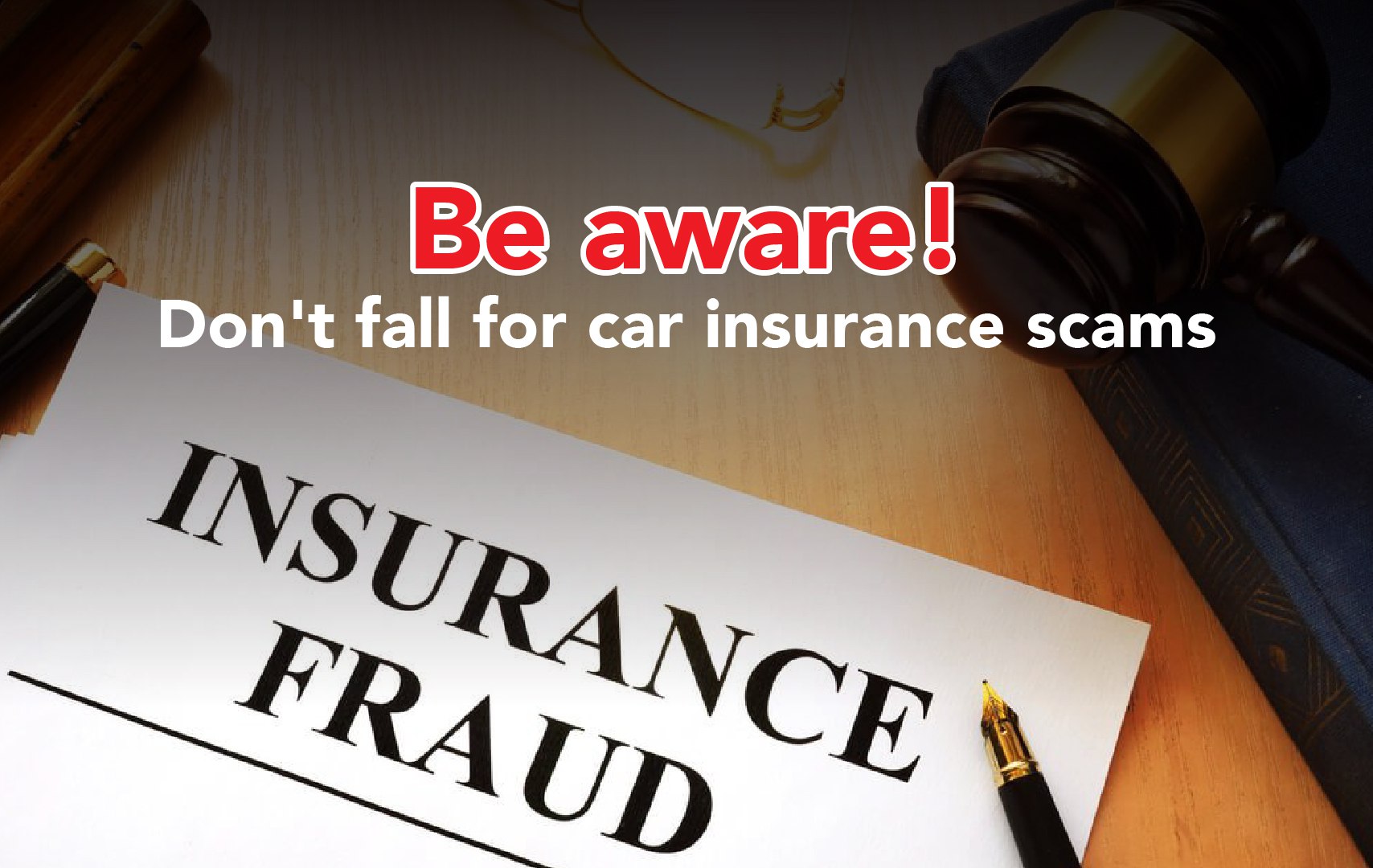Auto insurance fraud is a growing problem that affects insurance companies, policyholders, and the entire economy. As the tactics employed by fraudsters become more sophisticated, it is crucial for individuals to be aware of these schemes and understand how to protect themselves. This article explores the rising trends in auto insurance fraud and provides practical tips on safeguarding against such fraudulent activities.
Understanding Auto Insurance Fraud
Auto insurance fraud can be broadly classified into two categories: hard fraud and soft fraud. Hard fraud involves deliberate actions to stage accidents or falsify claims, while soft fraud, also known as opportunistic fraud, occurs when policyholders exaggerate legitimate claims or provide false information on insurance applications.

Rising Trends in Auto Insurance Fraud
- Staged Accidents
- Swoop and Squat: In this scam, one car (the “squat” vehicle) suddenly brakes in front of the victim’s car, causing a rear-end collision. Another car (the “swoop” vehicle) swoops in front of the squat car, making it look like the squat car had to brake suddenly.
- Panic Stop: Fraudsters brake suddenly and unnecessarily at a stop sign or traffic light to induce a rear-end collision.
- Drive Down: The scammer waves a victim to merge or make a turn and then crashes into them, later denying that they gave any signal.
- Exaggerated or Fictitious Claims
- Inflated Repair Costs: Some repair shops inflate the cost of repairs or include damages that were not caused by the accident.
- Medical Fraud: Claiming nonexistent injuries or exaggerating the extent of injuries to receive higher compensation.
- Phantom Accidents
- Fraudsters create fake accidents and file claims for damages that never occurred. They might use fake witnesses, police reports, and even medical records to support their claims.
- Jump-In Scams
- In this scenario, individuals who were not in the vehicle at the time of the accident claim to have been injured. This increases the number of injury claims and the overall payout.
- Towing Scams
- Unauthorized tow truck operators arrive at accident scenes, offer to tow the vehicle to a repair shop, and then charge exorbitant fees for unauthorized services.
- Ghost Brokers
- These are unlicensed intermediaries who sell fake insurance policies to unsuspecting customers. Victims often realize they are uninsured only after an accident occurs.
Impact of Auto Insurance Fraud
Auto insurance fraud has far-reaching consequences:
- Higher Premiums: Insurance companies pass on the costs of fraud to policyholders, resulting in higher premiums for everyone.
- Increased Economic Burden: The cost of investigating and settling fraudulent claims leads to financial losses for insurance companies, affecting their overall profitability.
- Legal Consequences: Individuals involved in fraud face legal penalties, including fines and imprisonment.
How to Protect Yourself Against Auto Insurance Fraud
- Be Vigilant on the Road
- Maintain a safe distance from the car in front of you to avoid staged accidents.
- Be cautious if another driver waves you to merge or turn; ensure it’s safe before proceeding.
- Use dash cams to record your drives, providing valuable evidence in case of disputes.
- Choose Reputable Service Providers
- Research and select reputable repair shops and tow truck companies. Verify their credentials and read reviews.
- Be wary of unsolicited offers from tow trucks at accident scenes. Always confirm with your insurance company before accepting services.
- Report Accidents Promptly and Accurately
- Call the police immediately after an accident and ensure a report is filed.
- Document the scene thoroughly, including taking photographs and gathering contact information from witnesses.
- Report the accident to your insurance company as soon as possible and provide accurate information.
- Scrutinize Insurance Policies
- Purchase insurance directly from licensed and reputable insurance companies or agents.
- Verify the authenticity of the policy and ensure you receive proper documentation.
- Be wary of unusually low premiums; they might be a sign of a fraudulent policy.
- Stay Informed and Educated
- Keep yourself updated on common fraud schemes and tactics.
- Attend informational sessions or workshops on auto insurance fraud prevention.
- Share your knowledge with friends and family to help them avoid falling victim to fraud.
- Monitor Claims and Billing Statements
- Regularly review your insurance claims and billing statements for any discrepancies.
- Question any unfamiliar charges or services you did not receive.
- Report suspicious activity to your insurance company immediately.
- Utilize Anti-Fraud Resources
- Many insurance companies provide resources and tools to help detect and prevent fraud. Take advantage of these offerings.
- Some companies offer fraud hotlines where you can report suspicious activity anonymously.
- Legal Protection and Assistance
- In the event of an accident, consider consulting with a legal professional, especially if you suspect fraud.
- Lawyers experienced in insurance fraud can provide valuable guidance and representation.
Technological Advances in Combating Auto Insurance Fraud
The insurance industry is leveraging technology to combat fraud more effectively:
- Artificial Intelligence (AI) and Machine Learning
- AI algorithms analyze patterns and detect anomalies in claims data, flagging potential fraud for further investigation.
- Machine learning models improve over time, becoming more adept at identifying fraudulent activities.
- Telematics
- Telematics devices monitor driving behavior and provide real-time data on speed, braking, and location.
- This data helps verify the legitimacy of claims and detect staged accidents.
- Blockchain Technology
- Blockchain provides a secure and transparent way to record and verify transactions, reducing the potential for fraud.
- Smart contracts automate claims processing, ensuring accuracy and reducing the opportunity for manipulation.
- Data Analytics
- Advanced data analytics tools aggregate and analyze vast amounts of data to identify fraud patterns.
- Predictive analytics can forecast potential fraud trends and help insurers take proactive measures.
- Biometric Verification
- Biometric technologies such as facial recognition and fingerprint scanning enhance the verification process, reducing identity-related fraud.
Conclusion
Auto insurance fraud is a serious issue that impacts everyone, from individual policyholders to the broader economy. By understanding the rising trends in fraud schemes and taking proactive measures to protect oneself, individuals can reduce their risk of falling victim to these scams. Staying informed, choosing reputable service providers, reporting accidents accurately, and leveraging technology are all crucial steps in safeguarding against auto insurance fraud. As fraudsters continue to evolve their tactics, it is essential to remain vigilant and proactive in combating this pervasive problem.
